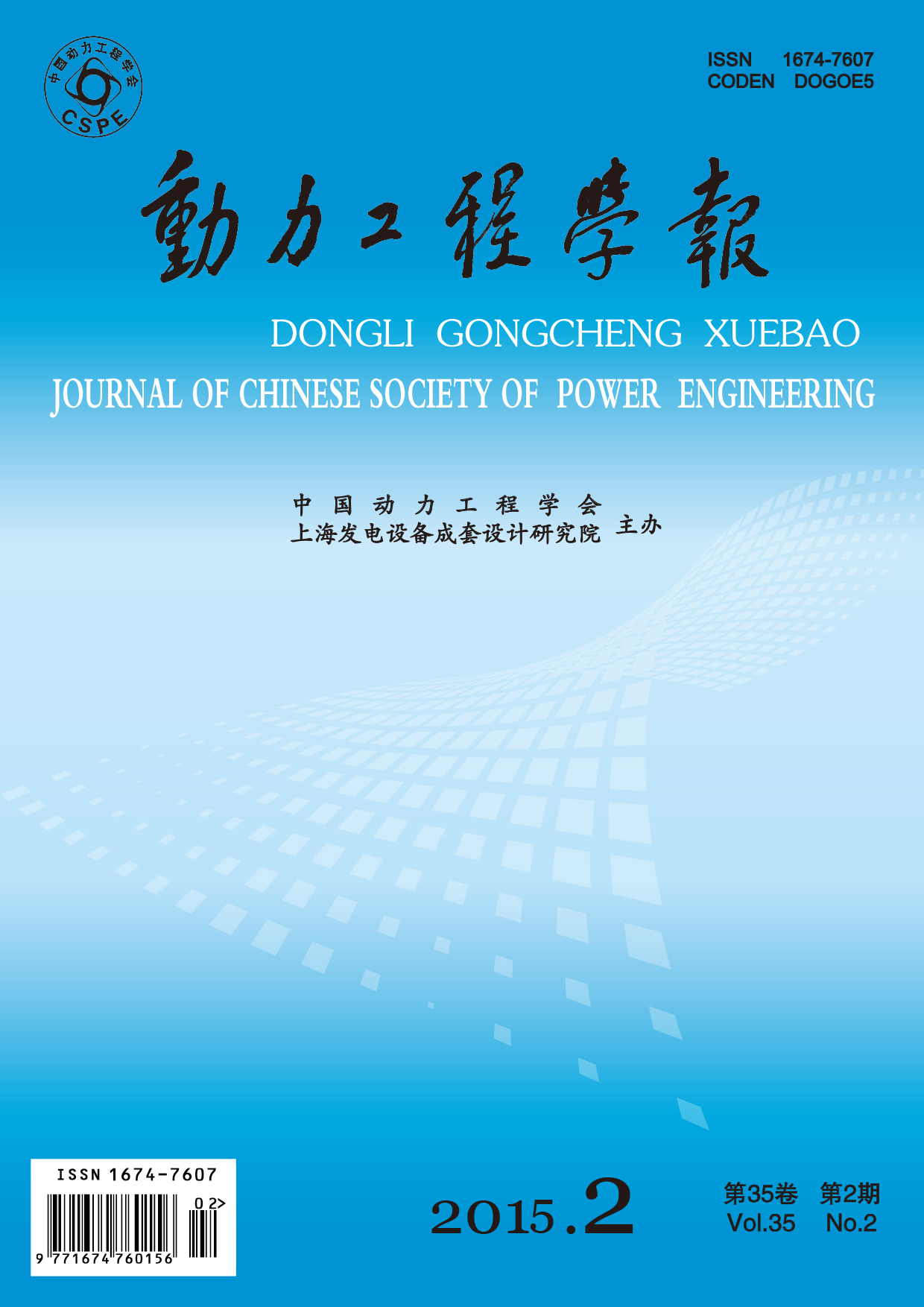Boiler Technology
LI Debo, XU Qisheng, SHEN Yueliang, LIU Yaming, WEN Zhiyong
2015, 35(2): 89-95.
Numerical simulations were conducted to combustion characteristics of a 660 MW tangentially-fired boiler after low-NOx retrofit under different coal mill combinations using Ansys Fluent 14.0 software, so as to study the in-furnace velocity field, temperature field, species field andpollutants emission, and to compare the simulation results with experimental data. Results show that uniform temperature distribution can be obtained in the furnace after the addition of SOFA air, without flame adhering to the wall; in the combustion zone, the temperature rises gradually along the height of boiler furnace under different coal mill combinations; in the area between CCOFA and SOFA nozzles, the temperature drops first, then rises, and finally reduces again; in the area above SOFA nozzles, the average temperature profile in furnace cross section is basically the same under different coal mill combinations, which reduces along with the furnace height; in the area between CCOFA and SOFA nozzles, the NOx concentration reduces along the furnace height under different coal mill combinations, whereas in the area above SOFA nozzles, the NOx concentration rises first and drops later on, but the variation is relatively moderate; maximum NOx concentration occurs in the ABCEF mode of coal mill combination at furnace outlet, which is 382.2 mg/m3, while minimum NOx concentration occurs in the ABCDE mode of coal mill combination at furnace outlet, which is 307.4 mg/m3.
